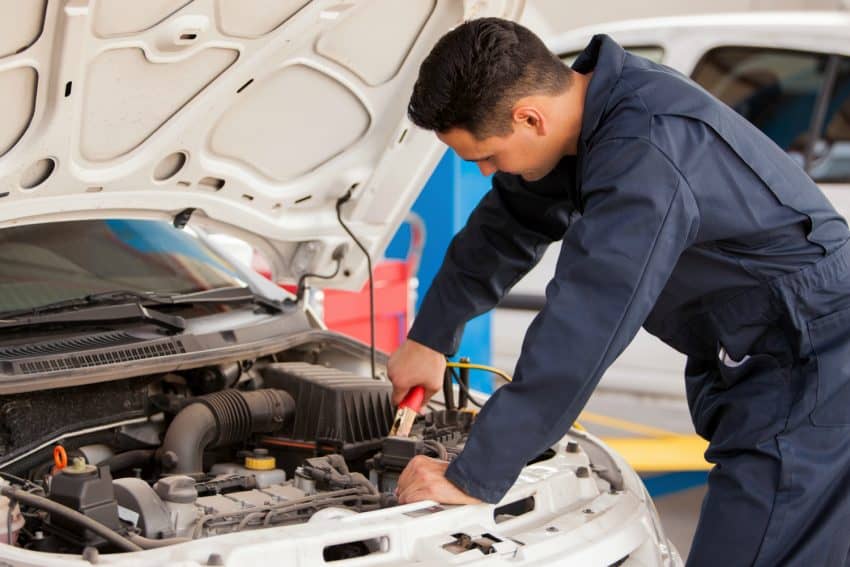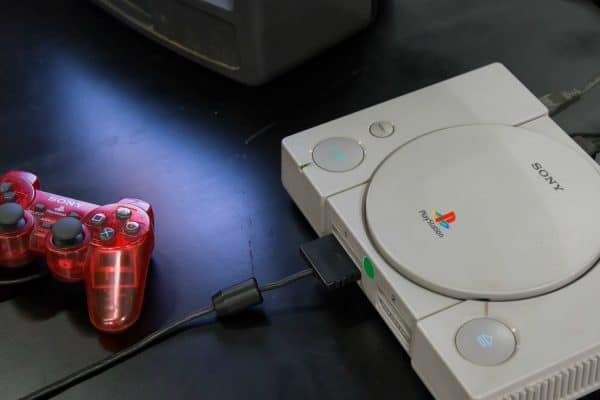Finding out your car has failed its MOT when you thought it was running fine can be a real shock to the system. After all, cars are as much a lifeline to us as our phones, and if you take them off the road… well, it doesn’t even bear thinking about! Unexpected repair costs can really stack up, too. However, many of them are easily avoidable. Find out how you can better understand whether your car will pass or fail, and catch any avoidable repair costs, by learning how to prepare your car for MOT.
Learn what testers are looking for
Before you set about trying to prepare your car for MOT, find out what the tester will be looking for during the test. This is especially important at the moment, as the rules changed in May 2018. Even if you take good care of your car maintenance, this rule change could catch you out and leave you with a hefty bill! The MOT test involves a thorough series of tests that assess various safety aspects of your vehicle to make sure it won’t be a hazard to you, or anyone else on the road. As of May 2018, the MOT test will also check for obviously underinflated tyres, contaminated brake fluid, other fluid leaks and brake pad warning lights. It will also check some features that you only find on newer models of car. Headlight washers and daytime running lights are good examples of this.
Understanding your MOT report

Credit: Shutterstock/ Photographee.eu
Another change that came into effect in May 2018 was to the way defects with your car are classified at MOT. Defect classifications range from “Dangerous” to “Pass”, but not all of them mean your car will fail its MOT. The new classifications are designed to remove ambiguity around what should cause your car to fail the test, and what shouldn’t. As well as simplifying the process for testers, this benefits car owners, too. By understanding the different classifications and their implications, you’ll be able to avoid prematurely stumping up for repairs that you could have budgeted to have done later.
Dangerous and major defects are the kind that carry a serious risk both to you, others on the road, and the environment. Both of these will result in your car failing its MOT. For example, significantly and obviously worn brake discs are considered a major defect. If that brake disc is not secure, or has broken, then it’s classed as dangerous. In both cases, you’ll be required to have the issue repaired immediately and will be advised not to drive the car until repairs have been carried out.
Meanwhile, if you receive a minor or advisory notice on an aspect of your MOT, your car will still pass the test. Of course, this is only as long as it doesn’t also have a dangerous or major defect. Just because they don’t mean your car fails doesn’t mean you can ignore them, though. You will need to monitor these defects and repair them eventually. However, that these are minor defects means you can undertake repairs once you’ve budgeted for the expense.
What to check when you prepare your car for MOT

The MOT test is a thorough examination of your car, inside and out. While there are some things it’s simply not possible for you to check ahead of the test, there are others you can easily look at. This can help you avoid failing on something simple, and allows you to make repairs more cheaply. These are some of the common defects that cause cars to fail MOT, but are easily avoided with a little preparation:
Are your wipers wiping?
Damaged wiper blades and washers that aren’t working are among the most common defects picked up at MOT. When you prepare your car for MOT, check that your screen wash is full, and that the rubber on your wiper blades is in good condition. Particularly check it doesn’t have any chunks missing or loose bits on the wiping edge. Replacements are easy to buy and simple to fit, but may not be at your MOT, so it’s well worth checking on this before you head to the garage.
Tip top tyres
Inspecting your tyres is so easy, all you need to do is walk around your vehicle. Look out for bulges and cuts on the sidewalls and objects embedded in the tread. You should also carry out the “20p test” to make sure your tread depth meets the legal standard. To pass MOT, your tyres must have at least 1.6mm of tread depth left. Coincidentally, this is also the distance from the edge of a 20p piece to the rim marking. All you need to do is pop a 20p into the groove that runs around the tyre. If you can see the rim marking, you should replace your tyres, pronto!
Don’t forget your spare tyre as well – even though it’s a spare, it still needs to be road legal.
Light it up
How many cars do you see driving around with a headlamp or brake light out? If those cars went to MOT like that, they’d fail! When you prepare your car for MOT, check that all your exterior lights are working. Each light’s lens should be free of cracks or any damage, and of course, the bulb should be working! With brake lights and reversing lights, try reversing up to (but not into) a garage door. Use your rear view mirror to make sure you can see the lights reflected. Alternatively, you can ask a friend to walk around your vehicle while you press the brakes or pop your car into reverse to check these. Don’t forget to check both dipped and main beam headlights, too!
Are your brakes broken?
Mechanics use specialist equipment to check your brakes that it’s unlikely you’ll have kicking about at home. But, there are still a few things you can check before you go to MOT.
First, check your brake fluid. The level of fluid in the reservoir should be between the “min” and “max” indicators. If you’re not sure where to find it, check your car’s handbook.
Next, check your handbrake, or parking brake, depending on what you were taught! If it takes a lot of clicks for you to feel that the handbrake is secure, then advise the tester that the cable needs adjusting. Equally, if tapping the lever releases the handbrake, this is another sign that the cable needs tightening.
Thinking ahead to winter? Here are our top tips on making sure your car is winter ready.



















